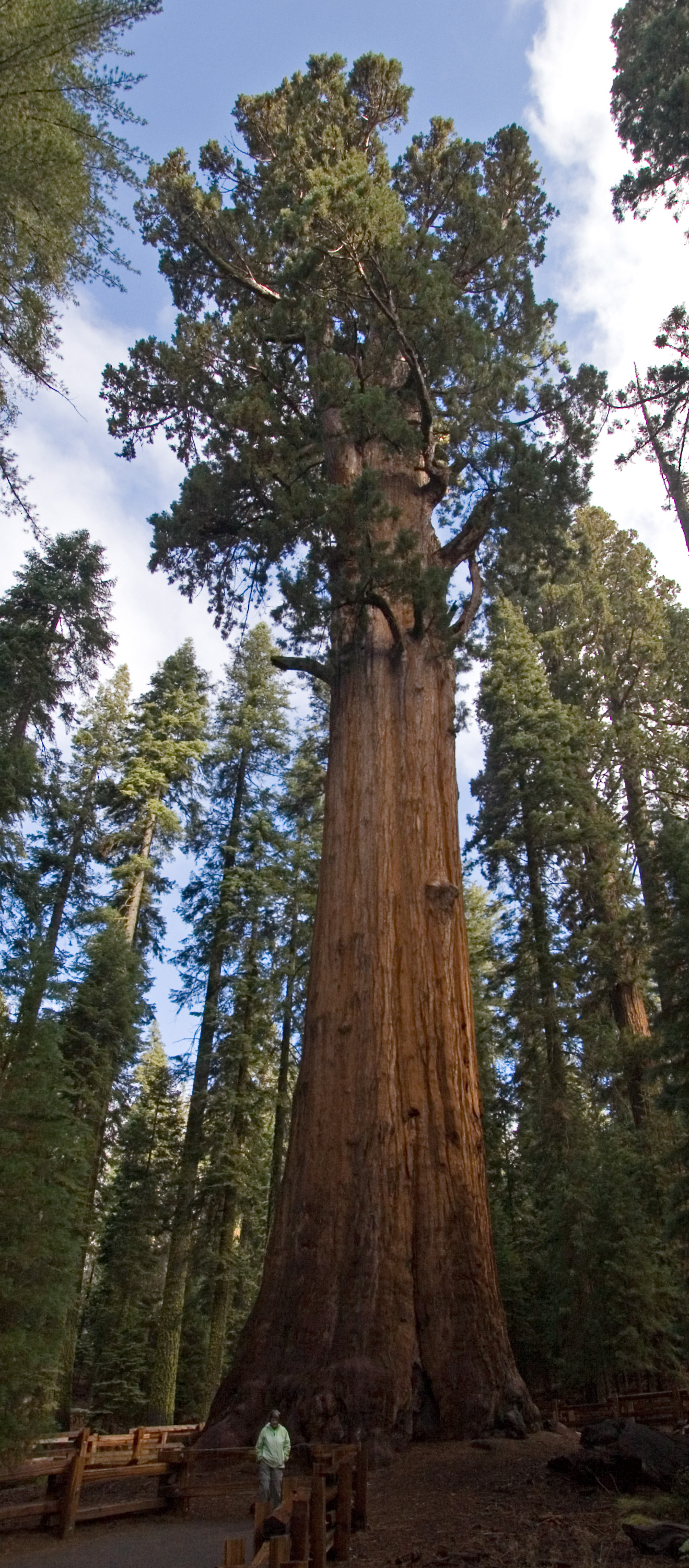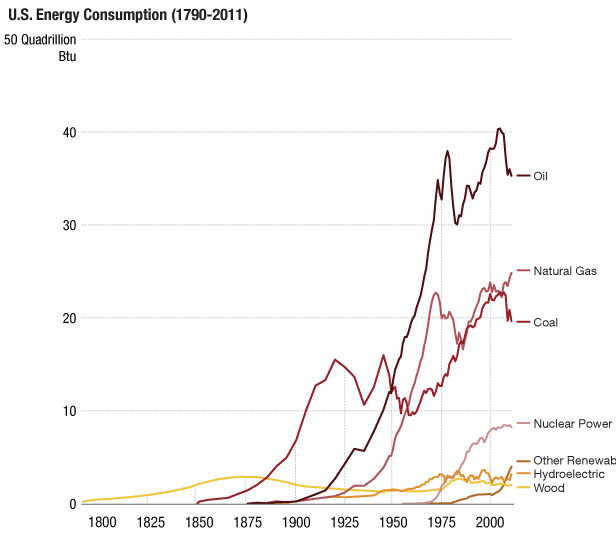Americans are led to believe that Europe is awash in wind and solar power, but the renewable most consumed is wood, says the Economist.[i] According to the Economist, wood, the fuel of preindustrial societies, represents about half of all renewables consumed in the European Union in some form or another—sticks, pellets, sawdust. The European Union has a target of getting 20 percent of its energy from renewable resources by 2020. To get that much renewable energy, it cannot rely solely on wind and solar power. Unfortunately for its carbon reduction goals, the reliance on wood is not helping for it emits more carbon dioxide than coal.
Wood produces carbon when it is combusted into electricity and it produces carbon when it is formed into pellets for import into Europe. Europe must import wood pellets because it does not have sufficient wood to meet its demand. The wood combustion life cycle was thought to be carbon neutral because of the carbon dioxide consumed as trees grow. However, as one researcher indicated, it would take 100 years for the replacement trees to mature.
Europe’s Renewable Consumption
Wood or biomass accounts for about half of Europe’s renewable energy consumption. In Poland and Finland, for example, wood supplies more than 80 percent of renewable energy demand. In Germany, despite its push and subsidization of wind and solar power, 38 percent of non-fossil fuel consumption comes from wood.
Europe’s increase in wood consumption is a result of its requirement to obtain 20 percent of its energy from renewables by 2020. Europeans have found that they cannot meet that target from solar and wind power alone despite the inroads they have made with those technologies.
Europe has three-quarters of the world’s installed solar photovoltaic capacity and 39 percent (109 gigawatts) of the world’s total wind capacity of 282 gigawatts. Europe added 12.4 gigawatts of wind capacity in 2012. Germany leads Europe in total wind capacity installed at 31 gigawatts followed by Spain with almost 23 gigawatts.[ii] Both countries set targets for renewable energy growth early on in the race for green energy and provided fairly lavish subsidies. Since then, both countries have severely reduced those subsidies due to high and increasing electricity prices (Germany) and increasing debt (Spain). Germany, for example, has residential electricity prices that are 3 times those in the United States.
In the electricity sector, wood has several various advantages including co-firing wood with existing coal-fired power plants (mixing 10 percent wood with 90 percent coal) that are already grid-connected and requiring little new investment. Since wood is not an intermittent fuel source as is wind and solar, it does not require back-up power. It is also popular with European electric utility companies because it allows them to continue to operate their existing coal-fired power plants.
According to the International Wood Markets Group, Europe consumed 13 million metric tons of wood pellets in 2012 and its demand is expected to increase to 25 to 30 million tons a year by 2020. According to the National Firewood Association, the 2012 European consumption of wood pellets is equivalent to over 4 million cords of wood, which equates to over 4 million ‘big’ trees and over 8 million ‘average size’ trees.[iii] The General Sherman tree, which is a giant sequoia tree located in the Sequoia National Park in California, is by volume the largest known living single stem tree in the world. To obtain 4 million cords of wood, it would take the trunk of 9,751 General Sherman trees.

General_Sherman_1469870071.jpg
Because Europe does not produce enough timber to meet this type of demand, imports of wood pellets are increasing. They increased by 50 percent in 2010. According to the European Pellet Council, global trade in wood pellets is expected to increase five- or six-fold to 60 million metric tons by 2020. Much of that will come from new wood-exporting businesses that are booming in western Canada and the southern United States.
According to a report by Wood Resources International, the southern United States surpassed Canada last year as the leading exporter of wood pellets to Europe, exporting in excess of 1.5 million tons. Those exports are expected to reach 5.7 million tons in 2015. During the third quarter of 2012, three companies announced plans for new pellet plants in Georgia and six others were under construction in the south, together adding as much as 4.2 million tons of capacity by 2015.[iv]
The increase in wood consumption has caused an escalation in prices. According to data published by Argus Biomass Markets, an index of wood-pellet prices increased by 11 percent, from 116 Euros ($152) a metric ton in August 2010 to 129 Euros ($169) a metric ton at the end of 2012. Since the end of 2011, prices for hardwood from western Canada increased by about 60 percent.
Wood’s Carbon Content
In theory, if the biomass used to power electricity comes from energy crops, the carbon generated from combustion would be offset by the carbon that is captured and stored in the newly planted crops, making the process carbon-neutral. But what is happening in Europe is not carbon-neutral. Carbon neutrality depends on the type of biomass used, how it is processed, how fast it grows, and how far the fuel must be transported. That is, the whole life cycle of the fuel must be taken into consideration.
The wood that Europe is using produces carbon through combustion at the power station and in the process of making pellets that includes grinding it up, turning it into dough and submitting it under pressure. The process of producing the pellets, combusting them, and transporting them produces carbon—about 200 kilograms of carbon dioxide for each megawatt hour of electricity generated.
A researcher at Princeton University calculated that if whole trees are used to produce energy, they would increase carbon emissions compared with coal by 79 percent over 20 years and 49 percent over 40 years and that there would be no carbon reduction for 100 years until the replacement trees have matured.
History of U.S. Energy Consumption
Homes in the United States were once heated entirely by wood. (See graph below.) In the mid 19th century with the advent of railroads, coal became a significant energy source heating homes, supplying energy to heavy industry, and generating electric power. However, the principle fuel in the United States for heating and manufacturing until well after the Civil War was wood.
The 20th century brought the internal combustion engine and the production of oil that supplies our transportation system and heats homes in the Northeast. The United States gets more energy from oil than from any other source. Natural gas production and consumption followed after World War II, heating homes, supplying industrial users and generating electricity.[v]
At the bottom of the graph below are other sources of energy consumed in the United States including nuclear power, hydroelectric power, wood, and other renewable energy (solar, wind, and geothermal) that represent a small fraction of the energy used in the United States despite the push to increase their use through mandates and subsidization.

Total biomass consumption in the United States in 2012 was 4.36 quadrillion Btu, of which 45 percent (2 quadrillion Btu) was wood, 44 percent were biofuels, and the remaining 11 percent was waste. Of the 2 quadrillion Btu of wood consumption, less than 9 percent was used to generate electricity. The majority of the wood consumption (65 percent) was used in the industrial sector, and 25 percent was used in the buildings sector, mainly in residential homes.
Conclusion
The European Union has set a goal to obtain 20 percent of their energy from renewables by 2020. To meet that goal, European industries have increased their consumption of wood, which the European Union allowed as an acceptable renewable and even subsidized. The outcome, however, is that the European Union has created a subsidy which is expensive, does not reduce carbon emissions, and is not encouraging new energy technologies.
According to the European Environment Agency, the assumption “that biomass combustion would be inherently carbon neutral…is not correct…as it ignores the fact that using land to produce plants for energy typically means that this land is not producing plants for other purposes, including carbon otherwise sequestered.”
[i] Economist, Wood The Fuel of the Future, April 6, 2013, http://www.economist.com/news/business/21575771-environmental-lunacy-europe-fuel-future
[ii] Global Wind Energy Council, Global Wind Statistics 2012, February 11, 2013, http://www.gwec.net/wp-content/uploads/2013/02/GWEC-PRstats-2012_english.pdf
[iii] National Firewood Association, Biomass Called Environmental Lunancy, April 10, 2013, https://nationalfirewoodassociation.org/2013/04/biomass-called-environmental-lunacy/
[iv] Dogwood Alliance, The Use of Whole Trees in Wood Pellet Manufacturing, November 13, 2012, http://www.dogwoodalliance.org/wp-content/uploads/2012/11/Whole-Tree-Wood-Pellet-Production-Report.pdf
[v] NPR, Two Centuries of Energy in America, in Four Graphs, April 10, 2013, http://www.npr.org/blogs/money/2013/04/10/176801719/two-centuries-of-energy-in-america-in-four-graphs



